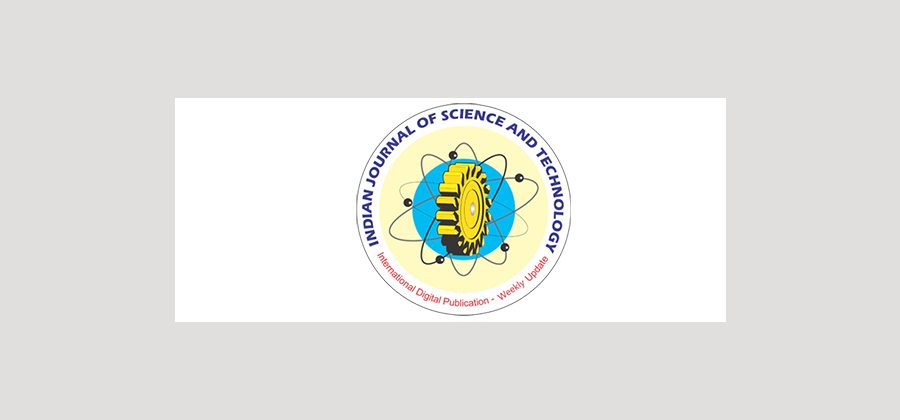


Indian Journal of Science and Technology
DOI: 10.17485/ijst/2018/v11i39/111033
Year: 2018, Volume: 11, Issue: 39, Pages: 1-9
Original Article
Muhammad Rehan Abbas1 *, Malik Sajjad Ahmed Nadeem1 , Wajid Aziz1 , Aliya Shaheen2 and Sharjeel Saeed1
1 Department of CS and IT, University of Azad Jammu and Kashmir, Muzaffarabad, AJK, Pakistan; [email protected], [email protected], [email protected], [email protected]
2 Department of Mathematics, University of Azad Jammu and Kashmir, Muzaffarabad, AJK, Pakistan; [email protected]
*Author for correspondence
Muhammad Rehan Abbas,
Department of CS and IT, University of Azad Jammu and Kashmir, Muzaffarabad, AJK, Pakistan; [email protected]
Objective: To compare the performance of classifiers in different reject option scenarios using Accuracy Rejection Curves (ARCs) with clinical cancer datasets instead of microarray datasets (having curse of dimensionality). Methods/Statistical Analysis: In this work, six publicly available clinical cancer data sets were used to build predictive classifiers and10 time’s 10-fold cross validation technique is used to have generalized models. Accuracy Rejection Curves (ARCs) are used to compare the performance of classifiers. Findings: In literature, the performance of machine learning algorithms (classifiers) were compared using microarray data in reject option scenarios for cancer like problems. Microarray data is costly and suffer curse of dimensionality which reduces the performance of classifier. In this work we used clinical cancer datasets instead of microarray data. Microarray data is costly and not commonly available. It contains thousands of gene expressions which needs more time and effort to preprocess before using in predictive analysis. On the other side clinical data is cheap and commonly available. It does not require further preprocessing work. We used clinical cancer datasets and analyzed the performance of classifiers in reject option scenarios using ARCs. Classifiers perform differently at different rejection levels and hence make crossing over (helical like structure) or divergent ARCs which shows that a classifier-A (which is less accurate as compared to other) outperforms another classifier (say B) on having reject option. Majority of crossing over ARCs shows improvement in the performance of the classifiers due to inclusion of reject option. Empirical results show that clinical data can be effectively used (as compared to microarray data) for the comparison of classification/prediction purposes and for the selection of suitable classifiers in Reject Option scenarios. Improvements/Applications: Empirical results show that clinical parameters also give promising results in the prediction of cancer using reject option classifiers as compared to those results obtained through gene expression microarray data and reject option classifiers.
Keywords: Classification, Clinical Cancer Parameters, Gene Expression Microarray, Medical Diagnosis, Reject Option
Subscribe now for latest articles and news.